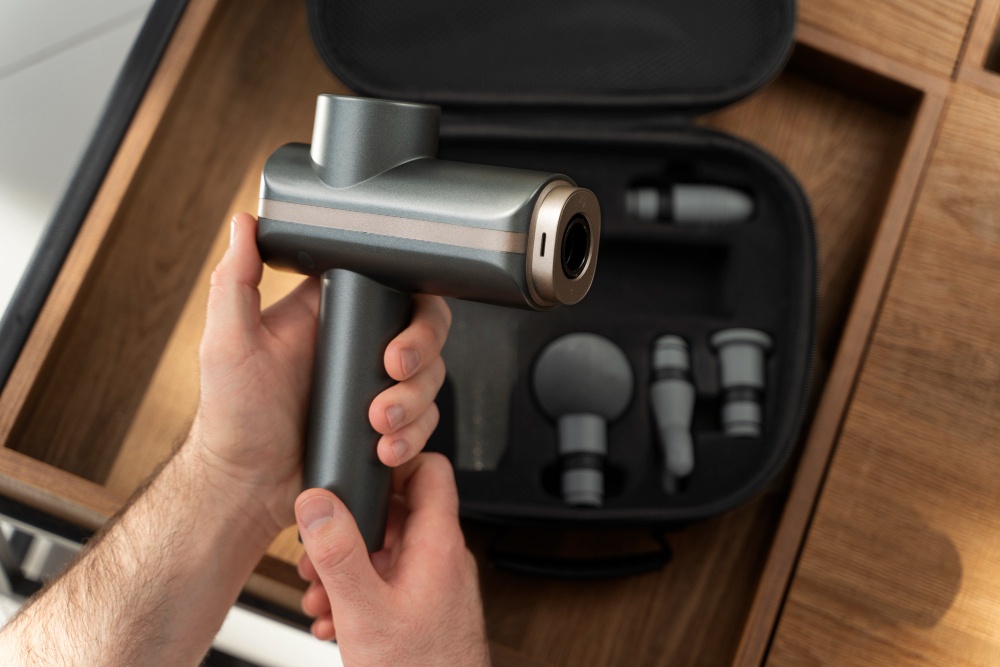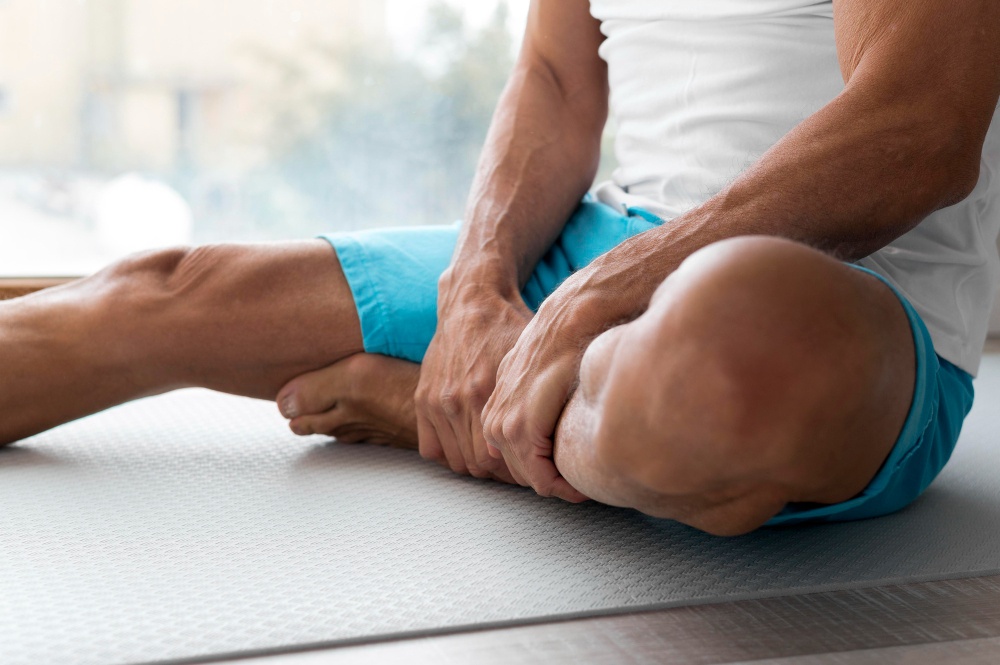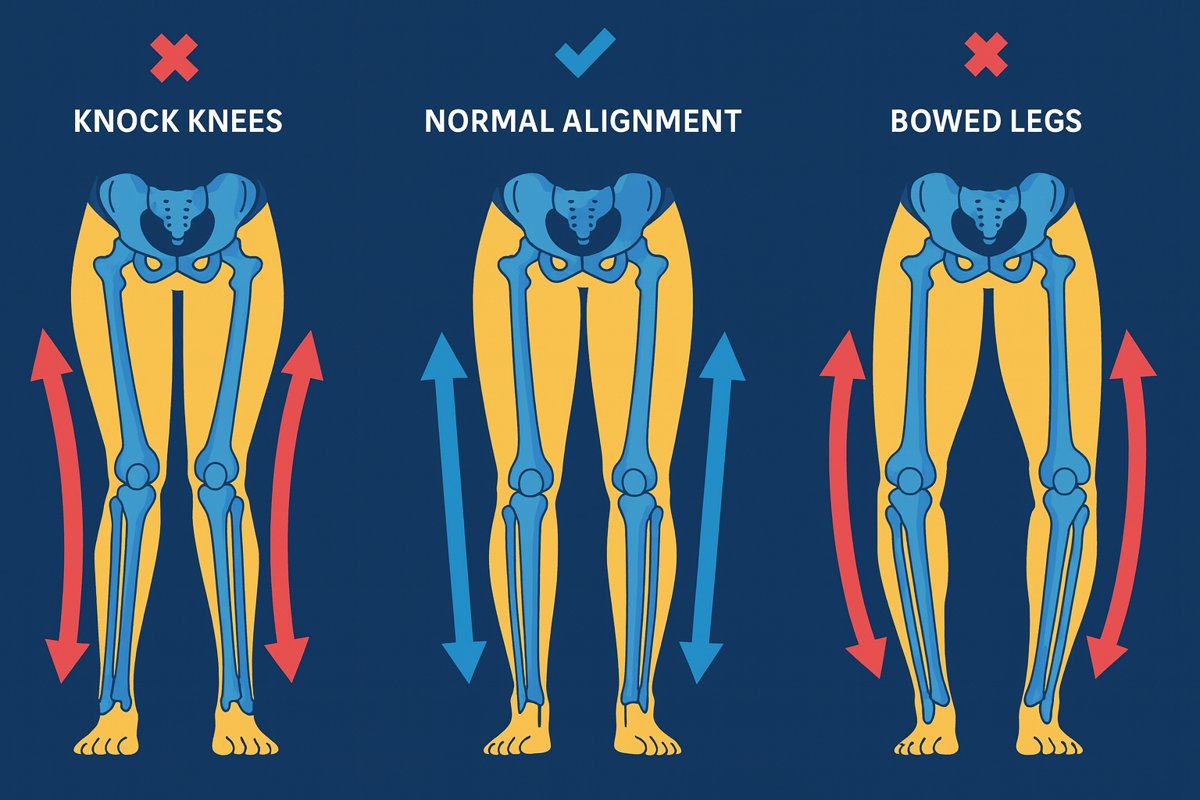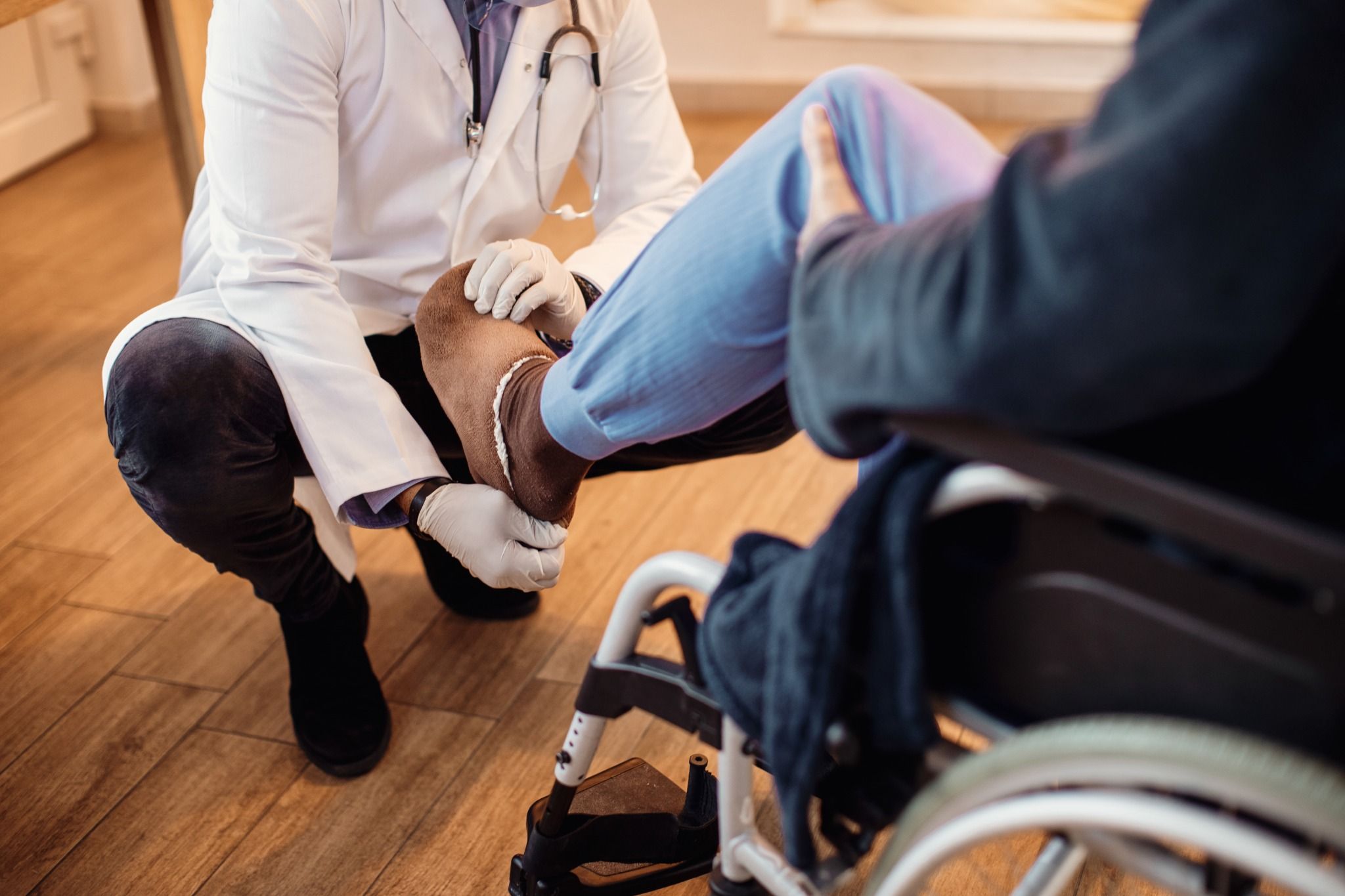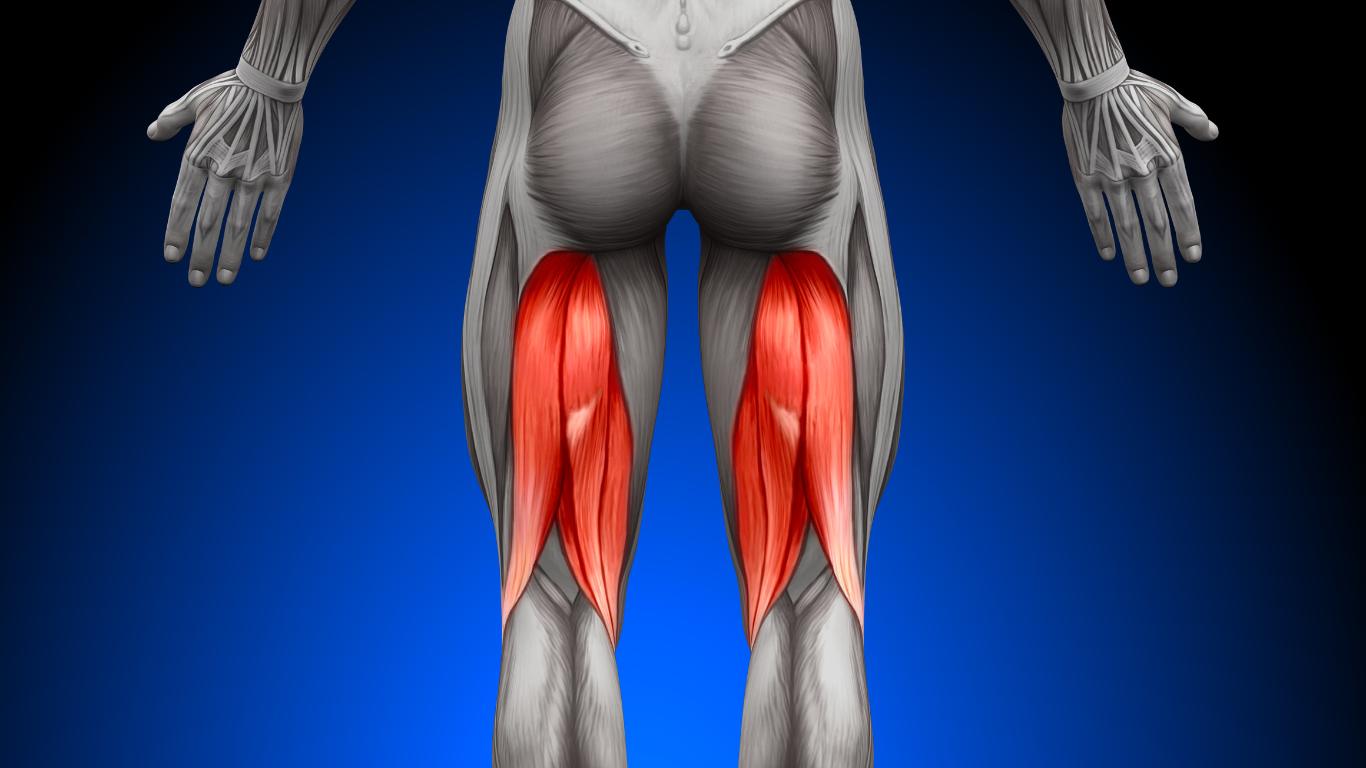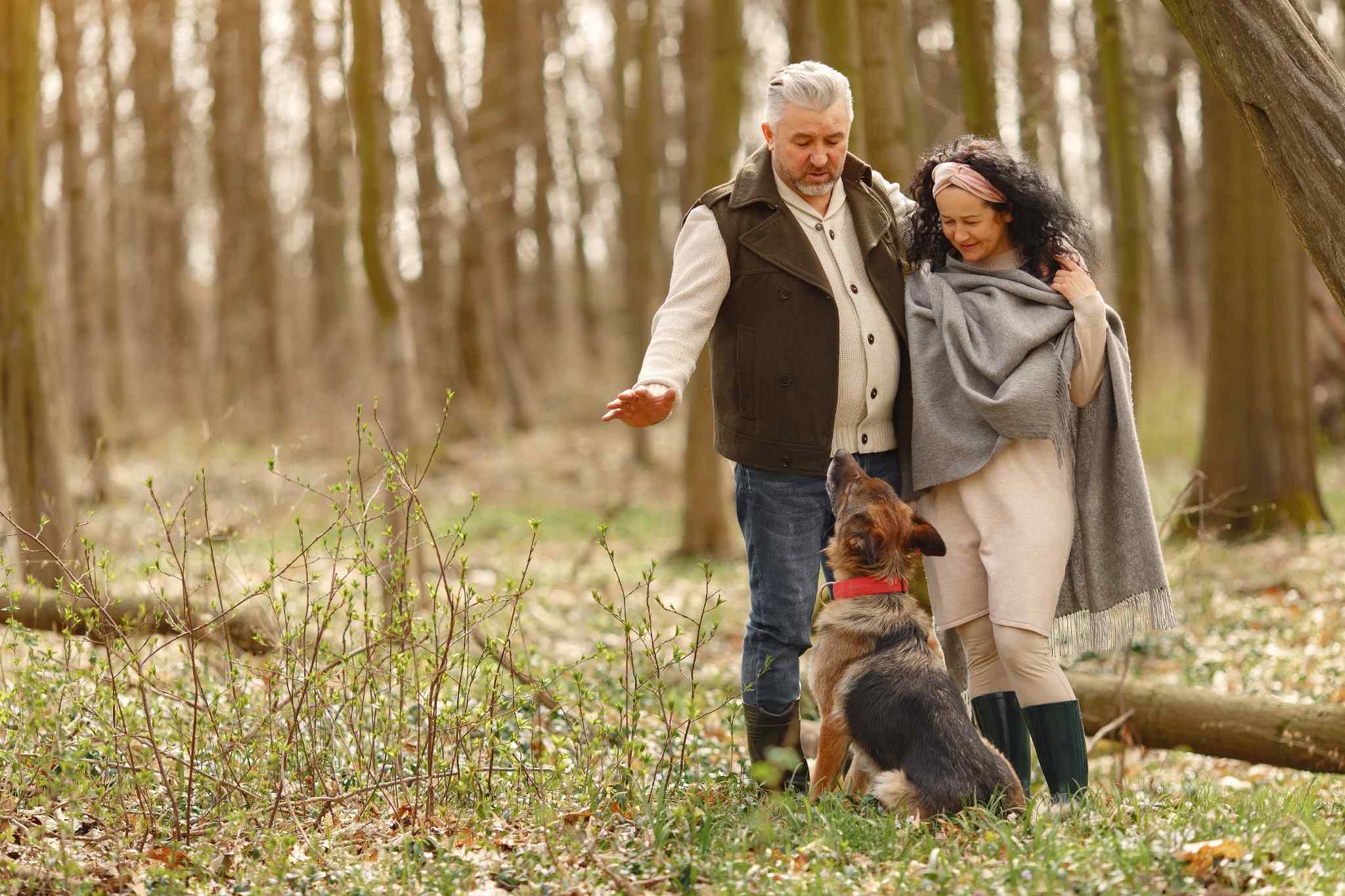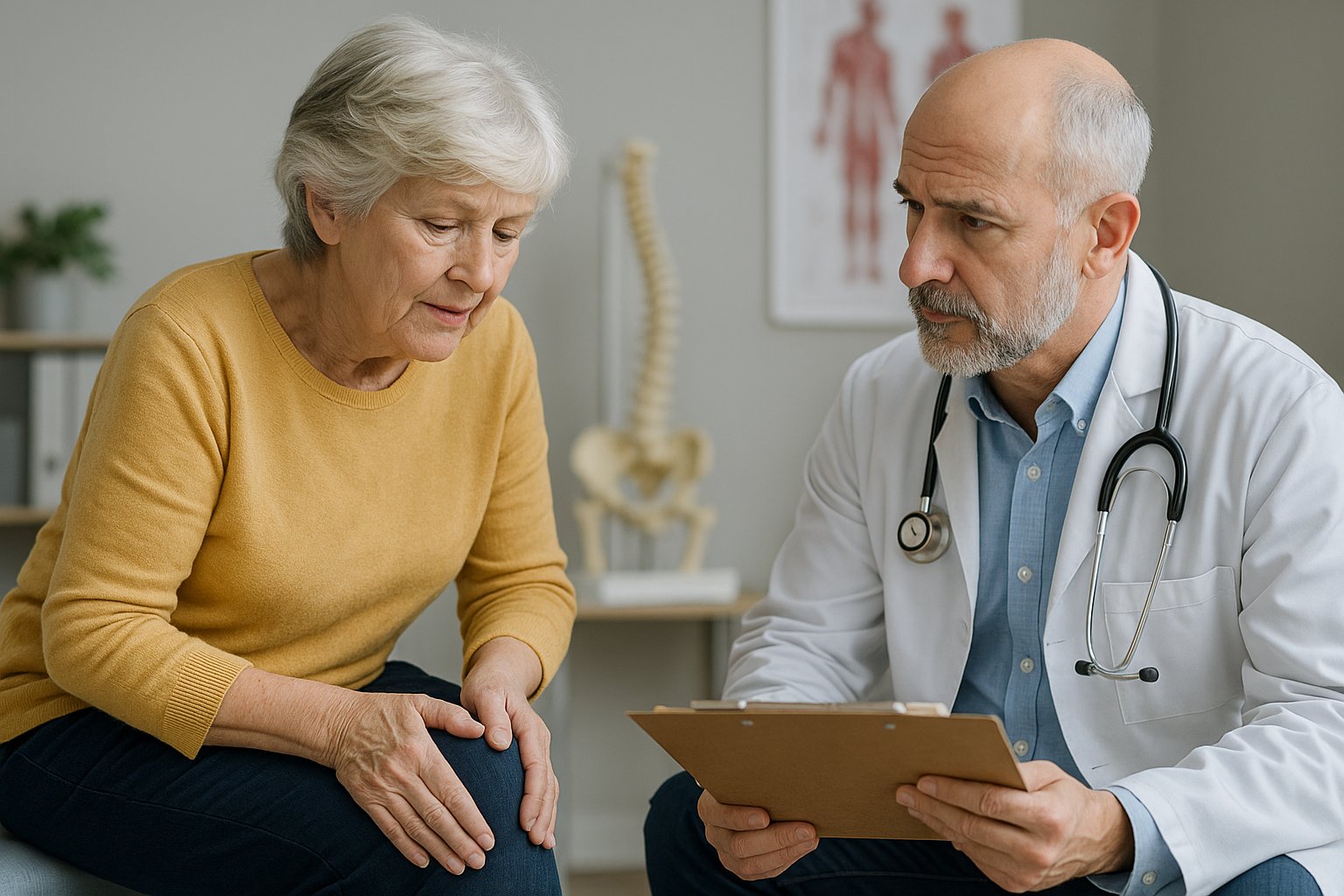Wellness Blog
Best Knee Massager for Arthritis: Features and Safety Tips
Living with knee arthritis can make everyday tasks challenging. Heat, vibration, and gentle compression applied through a knee massager may provide temporary relief by improving circulation, reducing stiffness, and soothing sore tissues. Choosing a massager that matches your needs and using it properly can make a noticeable difference in comfort. Below, we explain how knee…
Synovial Fluid in Joint Function
Your knees are built for movement, and one of the key reasons they can glide smoothly and pain‑free is because of synovial fluid. This thick, gel‑like substance fills the small space between the bones where your thighbone, shinbone, and kneecap meet. It acts like a natural lubricant inside the joint, helping everything move with less…
Knock Knees (Genu Valgum): What You Need to Know
Knock knees, medically called genu valgum, occur when your knees touch but your ankles stay apart. This inward angle of the legs may look harmless, but in adults, it can lead to serious knee problems over time. While it’s often a normal part of childhood growth that corrects itself, persistent knock knees in adults can…
Tricompartmental Osteoarthritis of the Knee: Causes, Symptoms and Treatment Options
Tricompartmental osteoarthritis is a type of knee osteoarthritis that affects all three compartments of the joint: the medial femorotibial (inside), lateral femorotibial (outside), and patellofemoral (under the kneecap). When the protective cartilage in each of these areas wears down, bones rub together, causing pain, swelling, stiffness and instability. Because the knee is the largest weight-bearing…
How Does the Semimembranosus Muscle Impact Your Knee?
The semimembranosus is one of three hamstring muscles that sit on the back of your thigh. It starts at the ischial tuberosity of the pelvis and runs down the inner part of the thigh to connect to the inside of the tibia, just below the knee. Since its tendon crosses both the hip and knee…
Patellar Tendinitis: Causes, Symptoms and Tips to Heal Your Knee
Patellar tendinitis, sometimes called “jumper’s knee,” is inflammation or degeneration of the tendon that connects your kneecap (patella) to your shinbone (tibia). This tendon is essential for straightening your leg, supporting body weight, and maintaining balance during movement. When it becomes irritated, small tears may develop in the tendon fibers. Over time, this leads to…
Osteoarthritis vs. Arthritis: Understanding the Differences and Finding the Right Treatment
The term “arthritis” refers to inflammation of the joints and actually includes more than 100 different conditions that affect people in various ways. Among these, osteoarthritis and rheumatoid arthritis are the two most common forms, but they are very different in how they develop, the symptoms they cause, and the treatments that are most effective….
Does a Swollen Knee Lead to Arthritis?
A swollen knee, often referred to as “water on the knee,” occurs when excess fluid collects inside or around the joint. This can occur for several reasons, including an injury such as a torn ligament or meniscus, repeated overuse from daily activities, or underlying health conditions like osteoarthritis or rheumatoid arthritis. For many people, the…
What Is the Best Treatment for Osteoarthritis?
Osteoarthritis is the most common form of arthritis, affecting millions of adults worldwide. It is considered a “wear and tear” disease because it develops gradually over time as the protective cartilage that cushions your joints begins to thin and break down. Without this smooth surface, the bones start to rub directly against each other, creating…
What Causes a Bony Lump on Knee Cap
A bony lump on your kneecap can be alarming, especially if it appears suddenly or starts to grow, but most bumps on or around the patella are harmless. They often come from non-cancerous causes and can usually be managed with simple treatments or monitored over time. Some common reasons include benign bone growths such as…

